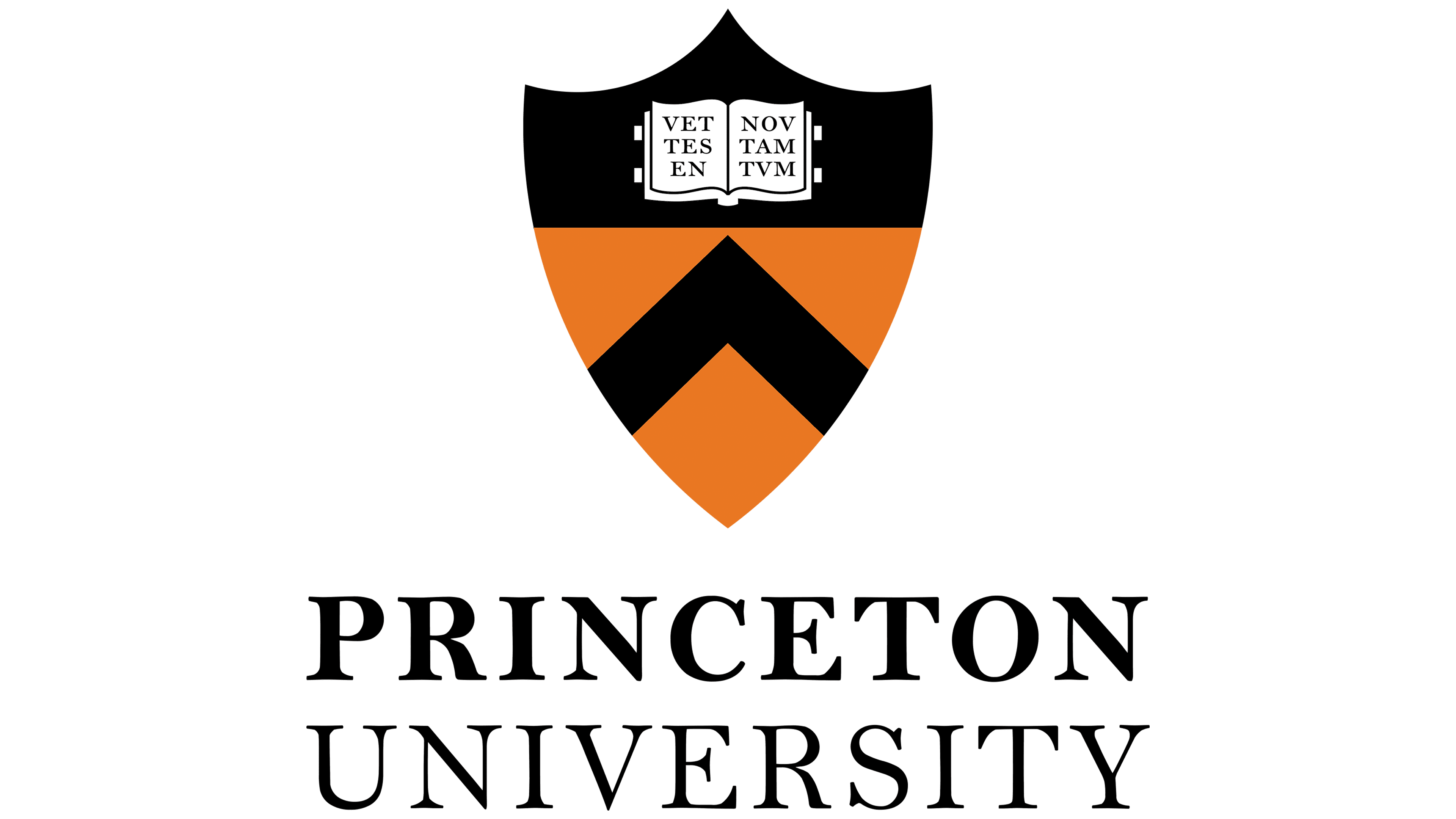
Princeton University
Green Education Ranking
#31
About Princeton University
Chartered in 1746 as the College of New Jersey—the name by which it was known for 150 years—Princeton University was British North America’s fourth college. Located in Elizabeth for one year and in Newark for nine, the College of New Jersey moved to Princeton in 1756. It was housed in Nassau Hall, which was newly built on land donated by Nathaniel FitzRandolph. In 1896, when expanded program offerings brought the College university status, the College of New Jersey was officially renamed Princeton University. The Graduate School was established in 1900. The University provides its students with academic, extracurricular and other resources that prepare them for positions of leadership and lives of service in many fields of human endeavor. Princeton recognizes that talent exists in every sector of American society, and the University has an obligation to attract exceptional people of every background and enable them to flourish on our campus. Fully coeducational since 1969, Princeton for the past academic year (2022–23) enrolled 8,816 students—5,540 undergraduates, 3,212 graduate students and 64 special students. Living up to its informal motto, “In the Nation’s Service and the Service of Humanity,” the University has educated thousands of individuals who have dedicated themselves to public service and to serving communities in the United States and around the world. As a global research university, Princeton seeks to achieve the highest levels of distinction in the discovery and transmission of knowledge and understanding. At the same time, Princeton is distinctive among research universities in its commitment to undergraduate teaching. Interdisciplinary work is vital to Princeton and is reflected in a full spectrum of academic programs. Princeton’s central campus consists of approximately 10 million square feet of space in more than 200 buildings on about 600 acres. The University also accommodates more than 1,000 units, totaling more than 1.2 million square feet, of rental housing for graduates and faculty/staff. The University owns more than 1,040 acres in Princeton, more than 800 acres in Plainsboro Township and more than 520 acres in West Windsor Township. The University, with approximately 7,800 benefits-eligible employees, is an economic engine for central New Jersey as one of the largest private employers, a major purchaser of goods and services, and a draw for hundreds of thousands of annual visitors. Together, the University and its neighbors continue a vibrant tradition of cooperation that benefits the region as a whole.
About World Green University Ranking
World
Green University Ranking 2024 is a
scholarly acknowledgment of educational
institutions standing at the forefront of
Education for Sustainable Development (ESD) and
leading the Green Education Transformation
(Education 6.0).
World Green University Ranking classifies
universities based on the six pillars of the
Holistic Green Education Framework, including
leadership governance, curriculum, innovation,
facilities, human capital, and community
partnerships.
The methodology employed in our Green Education Ranking is designed relying on the six pillars of the Holistic Green Education Framework. Each pillar contributes to the institution’s overall score, with a carefully assigned weight reflecting its significance in fostering sustainability. The total weight of the six pillars collectively amounts to 100%, signifying a balanced evaluation across critical dimensions of Green Education. Within each pillar, various standards are carefully assessed, with weights ranging between 1 and 2, emphasizing the varying importance of each criterion. This nuanced approach ensures a holistic evaluation and offers an insightful measure of universities commitment to Green Education Transformation (Education 6.0).
| # | Six Pillars of Green Education Framework (6Gs). | Weight |
|---|---|---|
| 1 | Green Educational Leadership | 14% |
| 2 | Green Curriculum | 17% |
| 3 | Green Innovation and Research | 19% |
| 4 | Green Facilities | 15% |
| 5 | Green Human Capital | 19% |
| 6 | Green Communities | 16% |
| Total | 100% |

